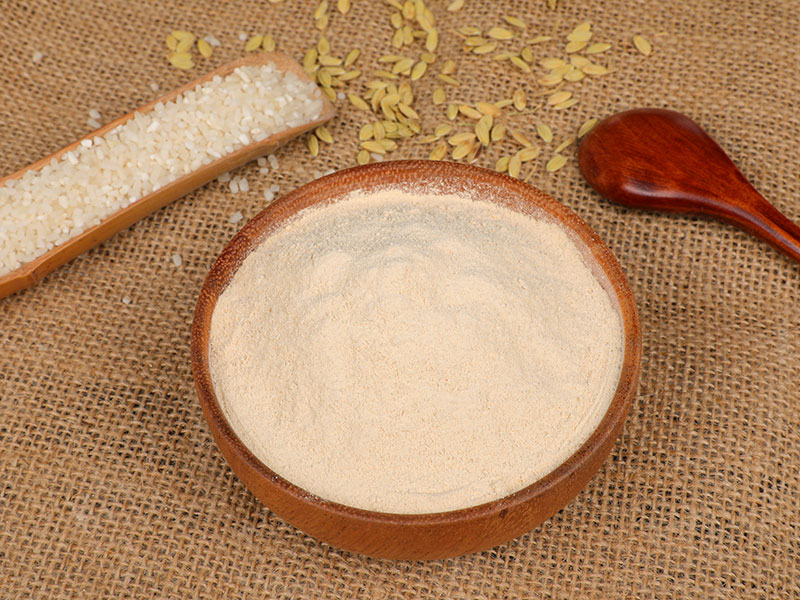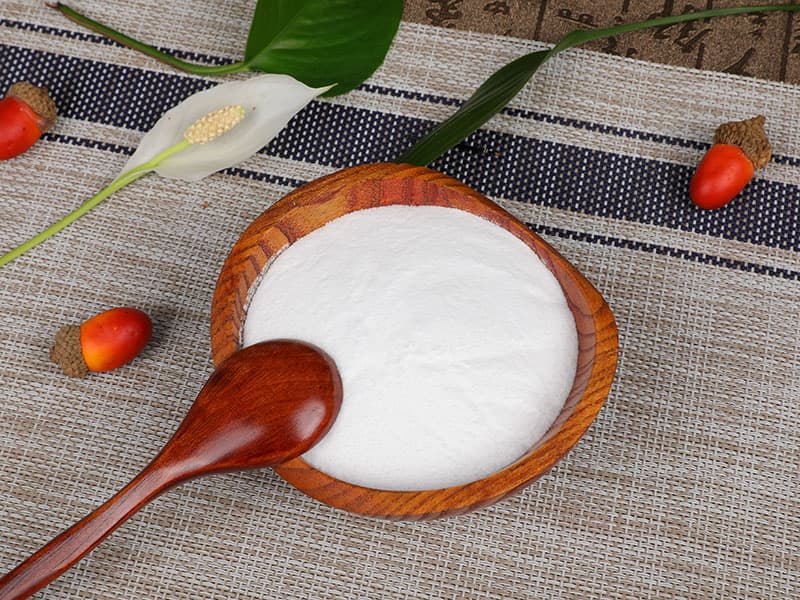Glucose, or dextrose, is an odorless white powder. It is a simple sugar and carbohydrate that is naturally produced in plants during photosynthesis and stored as starch or glycogen in animals for use in aerobic respiration or anaerobic fermentation.
Glucose is also a natural ingredient in food. It has a lower glycemic index than sucrose and fructose.
Glucose
Glucose is the most common monosaccharide in nature and is a key energy source for organisms. It is the major carbohydrate in fruits and vegetables and in many manufactured foods. It is a reducing sugar, undergoing caramelisation and Maillard reactions. It is also a key constituent of glycans which provide structure to cells. It has a lower tendency than other aldohexoses to react non-specifically with amine groups in proteins (glycation), resulting in the formation of glucopyranose isomers, such as dextrose and fructose.
Glucose is stored in plants as starch and in animals as glycogen to be used for cellular metabolism. In our bodies, glucose is absorbed in the small intestine and is transported throughout the body for use as energy. Glucose is produced in the liver and muscles and can be broken down to produce energy for cells or polymeric forms of glucose called glycans. Glucose is dextrorotatory, meaning that it rotates polarised light clockwise and its mirror-image isomer, l-glucose, is levorotatory, rotating polarised light counterclockwise.
Glucans
Glucans are the most widespread polysaccharides in nature. Their structure varies widely depending on their original source. This variety is also reflected in their molecular weight and configuration. Spectroscopic and chemical methods can be used to identify linear and branched a, b, and mixed glucans.
A typical glucan contains several glucose monomers linked by glycosidic bonds. They can be separated by total hydrolysis under strong acid conditions to yield monosaccharides. The monosaccharides can then be analyzed by GC to confirm their identity and purity. Alternatively, they can be treated with periodate oxidation to form alditols. The resulting meso-alditols can be further separated using GC to obtain pure monosaccharide derivatives.
Linear a-D-glucans, such as amylose and amylopectin, are basic components of starch in plants and play an important role in energy supply. They are characterized by a-(1-4) and b-(1-6) glycosidic linkages. Pullulan is a water-soluble fungal polysaccharide that contains both a-(1-4) and a-(1-6) links. It has a structure similar to that of cellulose, but differs from it in that it is soluble in cold water.
Glycation
Glucose is the most important monosaccharide and an essential energy source for most organisms. It is derived from the assimilation of carbon dioxide and water in plants during photosynthesis. It is also produced in humans via hepatic gluconeogenesis and the breakdown of polymeric glucose forms (glycogenolysis). Glucose circulates in the blood as blood sugar. It is used in energy metabolism and is stored as a polymer in plants as starch and amylopectin and in animals as glycogen.
Glucose is found in natural foods such as fruits and vegetables. It can also be synthesised in the laboratory. Glucose can exist in both open-chain and ring form (D-glucose, D-fructose) and can form polysaccharides with other monosaccharides in the formation of glycans that provide structure to cells. When consumed in excess, glucose can cause a detrimental process in the body known as glycation that results in the production of Advanced Glycation End-products (AGEs). These molecular structures disrupt protein function and are involved in many degenerative diseases.
Glycemic index
Glucose Monohydrate with simple chemical structures composed of one sugar (monosaccharides) or two sugars (disaccharides) are easily broken down for energy by the body. This leads to a quick rise in blood sugar and can trigger insulin secretion, which may have negative health effects.
Foods can be ranked by their glycemic index, which identifies how quickly they raise blood glucose levels after a meal. However, actual increases in blood glucose can vary greatly from person to person. This is because some foods contain more digestible carbohydrates than others. The glycemic load, which combines a food's glycemic index with its total amount of carbohydrate, helps to account for these differences.
Studies have linked a high glycemic index to diabetes, obesity and heart disease. Eating low glycemic index foods can help reduce these risks. The University of Sydney maintains a searchable database of foods and their glycemic index ratings. The glycemic index can also vary based on how the food is prepared: for example, whole grain bread has a lower GI than refined white bread because it retains more of the original structure and bran.


 English
English 中文简体
中文简体





